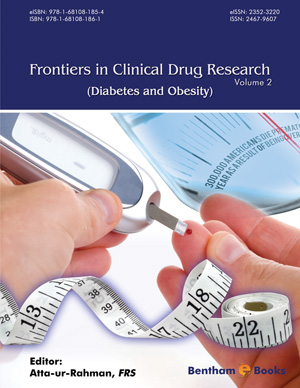Abstract
The worldwide epidemic of type 2 diabetes (T2D) and the limitations of currently available agents for its treatment have fueled the quest for new therapeutic agents and targets for the treatment of this incurable disease. Despite the availability of various pharmacologic agents, the treatment of patients with type 2 diabetes mellitus remains suboptimal and currently available therapies do not significantly improve β-cell function. Available therapies for diabetes are burdened by side-effects, and they do not adequately address the multiple defects in glucose homeostasis thought to play key roles in the pathophysiology of T2D. Most of the current therapies for T2D were developed in the absence of defined molecular targets. Intensive molecular research and the better understanding of its pathophysiology of T2D have led to the expansion of pharmacologic repertoire to target novel physiologic mechanisms. These drugs differ from established therapies in their mechanisms of action and molecular targets and hence complement them. Incretin-based therapies are a prime example of such novel agents and constitute a priced addition to the pharmacologic inventory of T2D. SGLT2 inhibitors, the latest addition to the T2D treatment has a unique glucose lowering mechanism and also contributes to weight loss. Emerging new molecules, which hold promise for the treatment of T2D include glucokinase activators, dual PPAR α/γ agonists, G protein-coupled receptor 119 agonists, interleukin-1 β inhibitors, protein tyrosine phosphatase 1B inhibitors, gluconeogenesis inhibitors, glycogen synthase kinase-3 inhibitors and 11 β-hydroxysteroid dehydrogenase type 1 inhibitors. QNEXA and lorcaserin are experimental molecules being tried to induce weight loss and also have the potential to reduce blood glucose levels. Stem cell therapies are being explored as a new potential treatment for T2D. Bariatric and metabolic surgeries are also being pursued as therapeutic options for T2D. Expectations from these new therapies in the pipeline for diabetes are very high, and they may fill the gap in the unmet needs of diabetes management. These emerging innovative therapeutic modalities are the focus of discussion in this review.
Keywords: Type 2 diabetes, emerging therapies, unmet needs, incretins, SGLT2 inhibitors, molecular targets, obesity, β-cell function, insulin resistance.






















